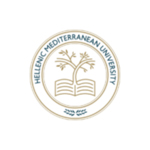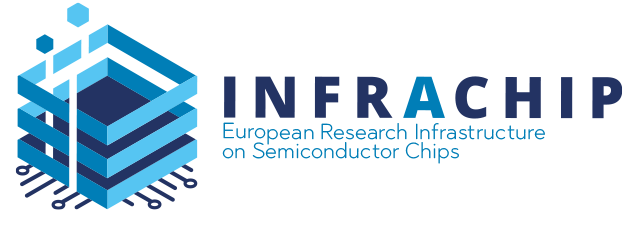Plasma – enhanced Chemical Vapor Deposition (PECVD)
About
The above-mentioned technique is crucial for fabricating and characterizing materials like graphene, enabling tailored properties and functionalities. It's instrumental in studying redox processes, stability, ion intercalation mechanisms, and capacity values in these materials and devices.
Description
PECVD is a versatile method for depositing graphene onto a substrate. The process involves the creation of plasma by introducing a gas mixture into a vacuum chamber, where the gases are ionized and decomposed into ions and radicals. These species then chemically react with the substrate, depositing a thin film. The system is powered by radio frequency, offering high deposition rates and lower temperatures compared to thermal CVD.
Technical specifications:
Chamber with diameter 300 mm and height 300 mm equipped with the RF anode and cathode electrodes to create plasma on an area of 60 mm x 60 mm, three flowmeters for the control of hydrogen, methane and oxygen, RF generator with frequency 13.56 MHz and power 300 W, PLC system for automatic control of deposition rates and gas flow rates, PC system with Labview for automated system control.
Case study:
This technology allows for the creation of plasma by introducing a gas mixture into a vacuum chamber, enabling the deposition of high-quality graphene films. The user may need this offering to explore the properties and applications of graphene in various semiconductor devices, such as transistors or sensors. Access to PECVD technology through INFRACHIP enables researchers to achieve high deposition rates and lower temperatures compared to traditional thermal CVD methods. This not only enhances the efficiency of the fabrication process but also enables the deposition of graphene with tailored properties suitable for specific applications.
Access Provider / Facilities





